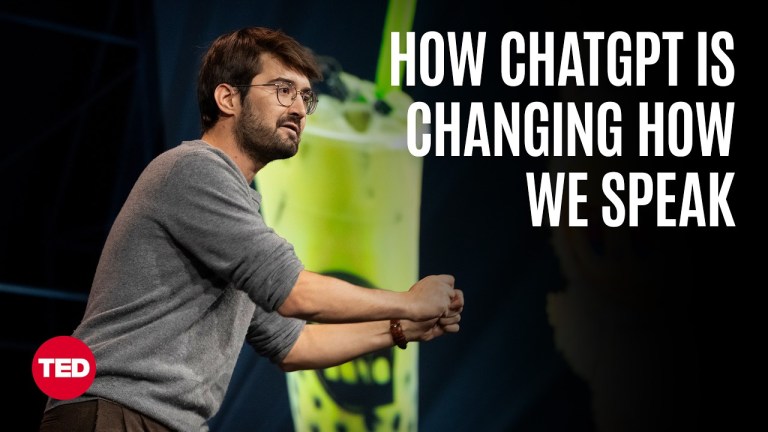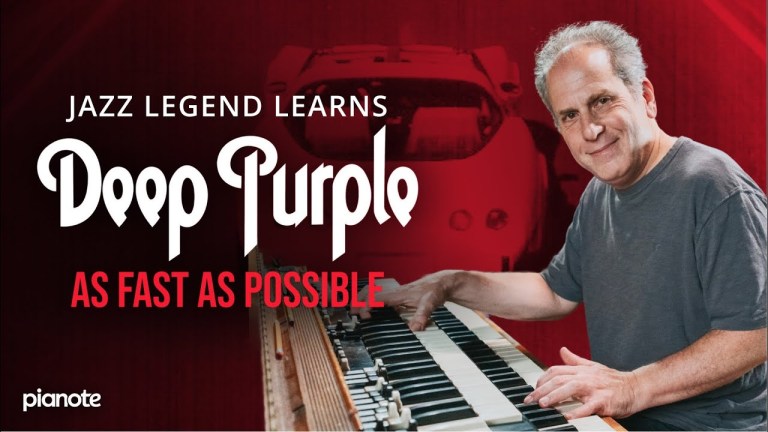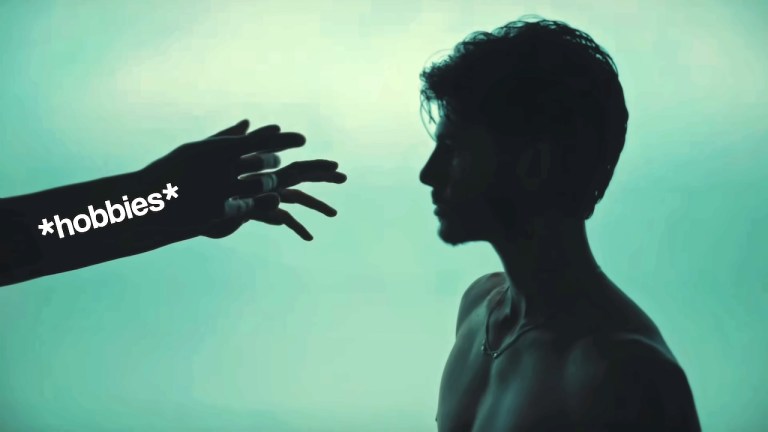How Quentin Tarantino Blends Images and Dialogue With Deliberate Music Choices to Complete His Scenes
In a lyrical video essay, the sedately-voiced Daniel Netzel of Film Radar (previously) takes a look at how director Quentin Tarantino (previously) blends visual images and dialogue with definitive music choices to not only complement but to utterly complete a scene, no matter how outrageous these choices might be. And the music can either be part of the story (diegetic) or in the background (incidental).
Sometimes the choice is an obvious one, like the title track for “Django Unchained” that was lifted from the Sergio Corbucci film “Django”, or borrowing a track from the 1973 Pam Grier cult classic “Coffy” for a scene in “Jackie Brown”; but I think some of his best choices aren’t always immediately obvious, like the use of Charles Bernstein’s score from the film “White Lightning” in “Inglorious Basterds”.
Here’s the scene to which Netzel is referring regarding the distinct Charles Bernstein composition.
In one interview, Tarantino rightfully likens himself to an orchestral conductor.
“I feel like I’m the orchestra conductor and the audience’s reaction are my orchestra.
The sounds you make are my instruments, your feelings are my instruments; so it’s like:
Laugh.
Laugh.
Laugh.
STOP laughing.
Stop laughing.
Okay, now be horrified.
Be horrified, this is horrible, this is horrible…this is horrible…horrible…horrible…laugh.”






